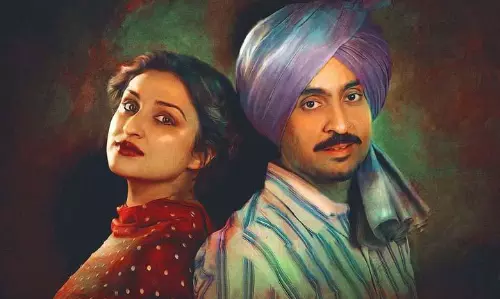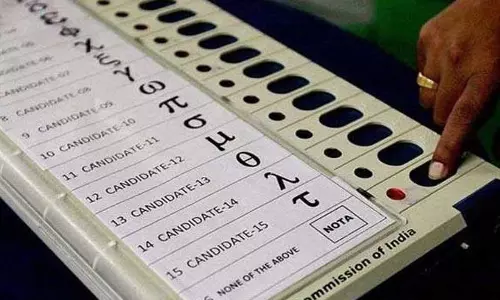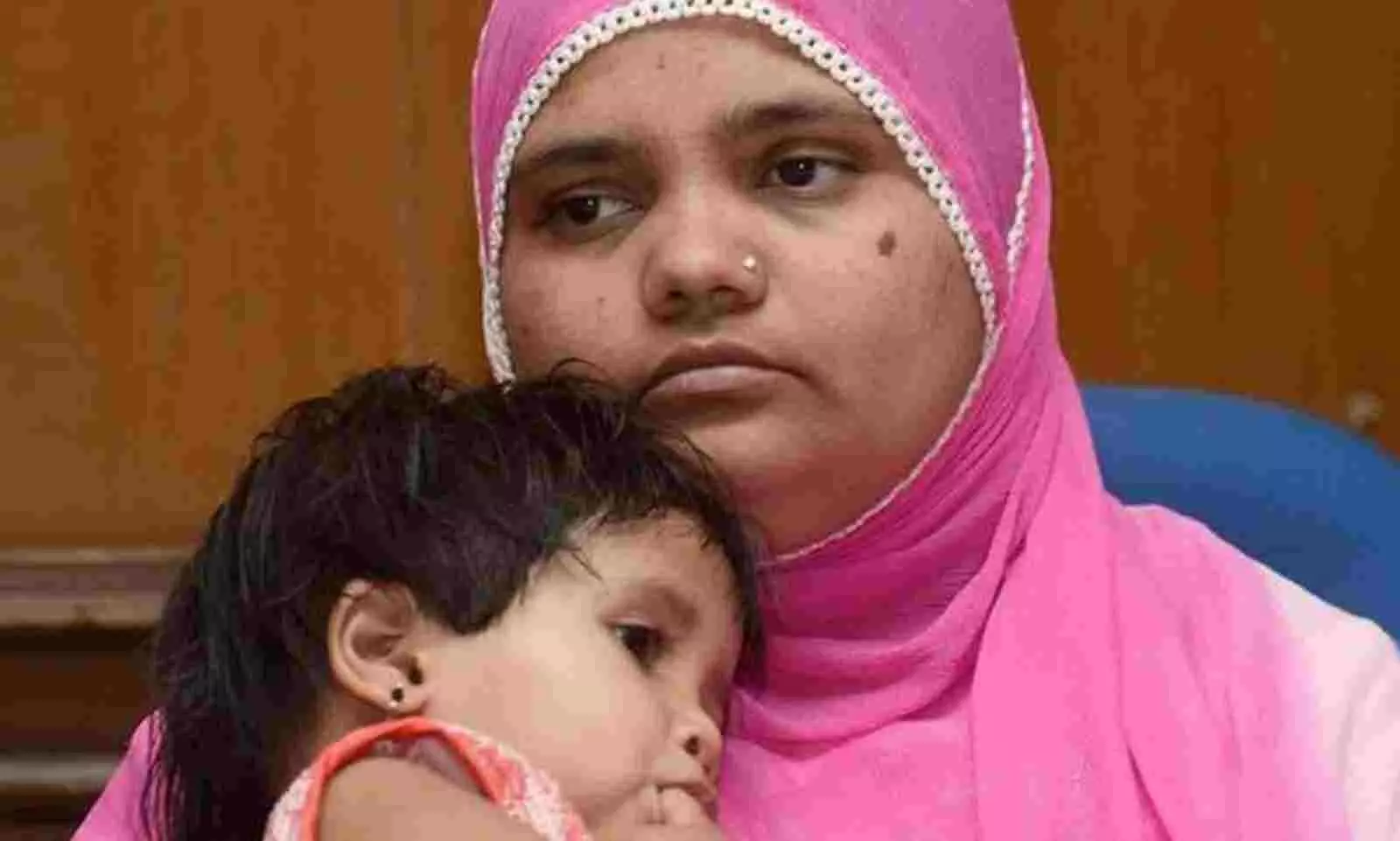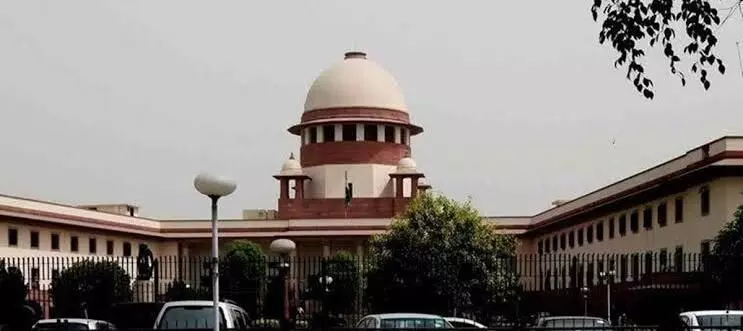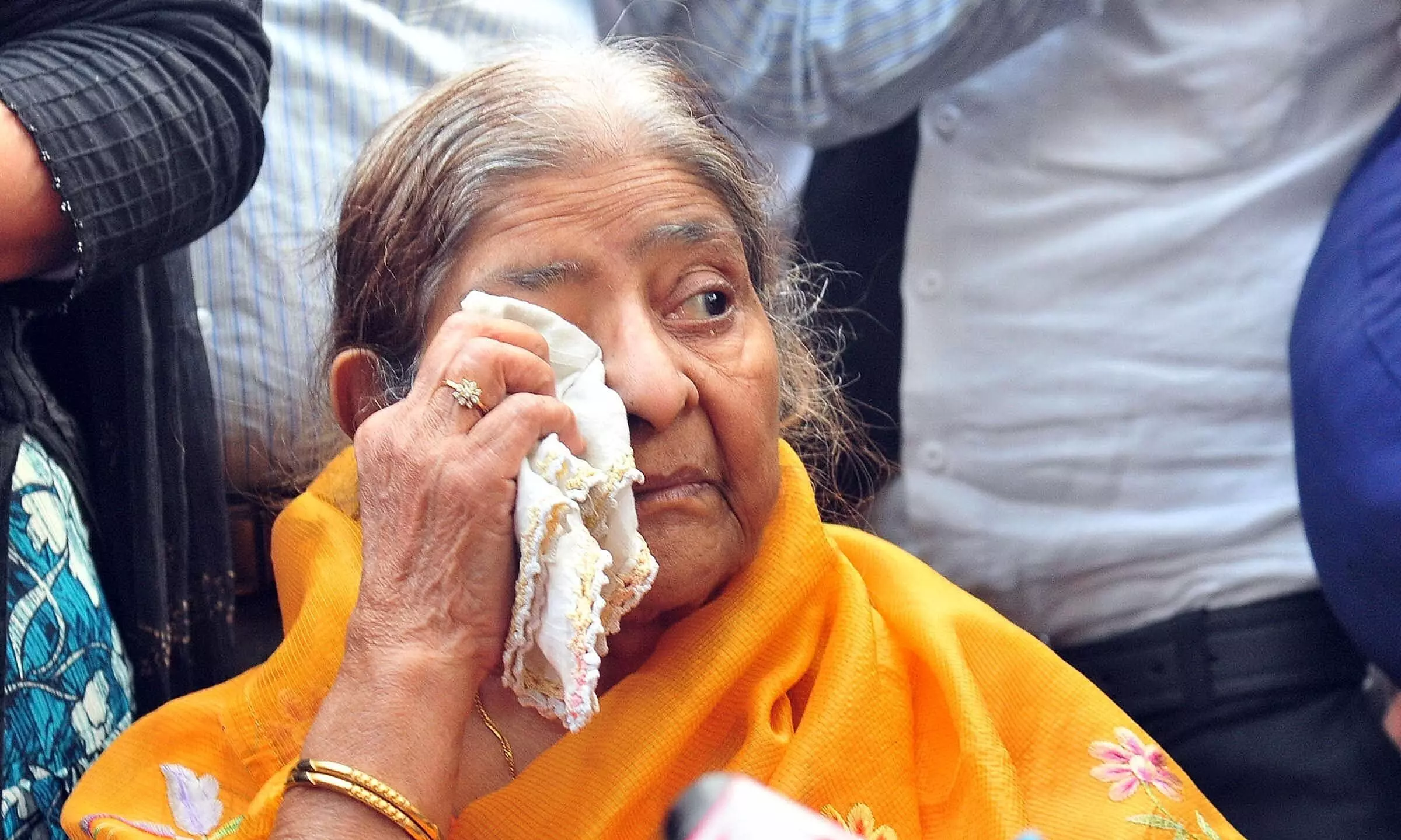
Gujarat and India after twenty years
text_fieldsBilkis Bano (file picture)
The Gujarat genocide of 2002 cannot be described only as a racial attack that claimed more than 2,000 lives, displaced tens of thousands and resulted in hundreds of women being raped. Beyond that, it is to be marked as a crucial historical juncture in which the life of the Muslim minority in India itself became a major question mark. It is two decades now since the event which severely damaged the spirit of the idea of a pluralistic, secular India. It was on February 27, 2002 that 59 people, including karsevakars returning from Ayodhya, were tragically killed when the Sabarmati Express was set on fire by assailants in Godhra. Within hours, riots broke out in various parts of the state. These were all well-planned anti-Muslim attacks. It is no coincidence that 20 out of 26 districts in Gujarat were attacked in the aftermath of the Godhra incident, a fact that was later proved by various fact-finding teams and independent investigative agencies in the light of conclusive evidence and testimony. The motive for the unparalleled genocide was clear from the very beginning. The common people have a clear idea of who led the massacre and who pulled the strings from behind. Yet, while victims of genocide are still moving from pillar to post for justice, theperpetrators, on the other hand, are spreading the 'Gujarat model' to other parts of the country in the cool comfort of power.
After the BJP came to power in Gujarat in the late 90s, many sociologists and academics had given Gujarat a label as the laboratory for Hindutva fascism. The background was the anti-Muslim sentiment that had formed in the country after the Babri masjid demolition. It was from that time onwards that Hindutva advocates and propagandists began to adopt the reactionary political model of hatred and Muslim alienation. And Gujarat was the state that carried out in copy-book style those political experiments. That only got expedited after Narendra Modi became the Chief Minister of the state succeeding Keshubhai Patel. Therefore, it cannot be seen as merely a communal riot like the one that had taken place in many states of the country. It was only after sowing the virus of hatred and paving the way for the persecution of Muslims that the hysterical Hindutva forces ran berserk there. At first, Muslims were portrayed as despicable, retrograde and good for nothing. Then the narrative took currency that those who ate meat would naturally become immoral. The fact is that these campaigns were backed by the local mainstream media and even a few Gandhians. Then that genocide was a natural evolution of the hatred created by such propaganda.
The type of mob fury that erupted in Naroda Patiya and the Gulbrg Society is now going on unabated across the country. There are several reasons why the Hindutva experiment in Gujarat has spread across the country. Of course one of them is that Modi, who led Gujarat at the time came to occupy the prime minister's chair since. Until then, the Sangh Parivar, which had functioned only as a parallel government, gained direct control of the country. With that, there ceased to be any impediment for them to move on with their agenda. How many laws have been passed in that direction in the last seven years, including the Citizenship Amendment Act! During the same period, states under the control of the Sangh Parivar carried out a number of anti-democratic interventions including passage of laws against religious conversions. Mass killings, racial killings like the ones in north-east Delhi, and leaders' speeches with calls for riot became daily occurrences. The genesis and inspiration of the Sangh Parivar's journey on this path all date back to that event 20 years ago. When the ideology of a party with brute majority in parliament is one of genocide and alienation, the course and destiny of the country is unlikely to be different.
Despite this fact, a democratic society cannot afford to be indifferent. At this stage it is their responsibility to open new avenues of struggle and debate alike. The most promising spectacle in this background is that the marginalized are turning self-motivated for their own uplift without waiting for anyone else. There is also the bright picture emerging in Gujarat itself that victims are competing from the state's dark experience to surge into the light of self-empowerment. Qutubuddin Ansari whose images of begging for mercy and Bilkis Bano had hit the headlines as symbols of victims during the Gujarat violence, are now setting creative models of fight for survival. Despite being trampled by the aggressors and sidelined by the state in their path, they are putting up defences in a democratic manner without blaming their destiny. Those are the faces that become the hope of the new era.




